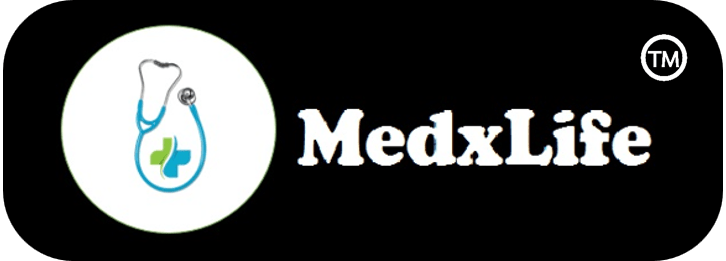Varicose veins are a common vascular condition characterized by enlarged, twisted veins that usually appear on the legs. These veins, often blue or purple in color, result from weakened valves within the veins, causing blood to pool and veins to stretch. While varicose veins are generally harmless, they can lead to discomfort and complications. This article explores the causes, symptoms, and effective management strategies for varicose veins.
Understanding Varicose Veins
Varicose veins develop when the one-way valves in the veins, which facilitate blood flow toward the heart, weaken or malfunction. This causes blood to pool in the veins, leading to their characteristic bulging and twisting. Several factors contribute to the development of varicose veins, including genetics, age, gender, and lifestyle choices.
Symptoms and Diagnosis
Common symptoms of varicose veins include pain, throbbing, and aching in the legs, especially after prolonged periods of standing or sitting. Swelling and a feeling of heaviness in the legs are also frequent complaints. Diagnosing varicose veins typically involves a physical examination and may include imaging tests such as ultrasound to assess the blood flow in the affected veins.
Risk Factors
Certain factors increase the risk of developing varicose veins. Genetics play a crucial role, as a family history of the condition elevates the likelihood of its occurrence. Other risk factors include age, with older individuals being more susceptible, and gender, as women are more prone to varicose veins due to hormonal changes during pregnancy and menopause.
Prevention Strategies
While some risk factors are beyond one’s control, adopting certain lifestyle changes can help prevent or alleviate varicose veins. Regular exercise, maintaining a healthy weight, and avoiding prolonged periods of sitting or standing can improve circulation and reduce the risk of developing varicose veins. Additionally, elevating the legs and wearing compression stockings may provide relief.
Management and Treatment
Several non-invasive and minimally invasive treatment options are available for managing varicose veins. Lifestyle modifications, such as exercising regularly and wearing compression stockings, are often recommended as initial measures. In more severe cases, medical interventions like endovenous laser treatment (EVLT) or sclerotherapy may be employed to close or remove the affected veins.
Surgical Options
For persistent or severe cases, surgical procedures like vein stripping or ambulatory phlebectomy may be considered. These involve removing or tying off the affected veins, redirecting blood flow to healthier veins. While surgical interventions are effective, they are typically reserved for cases where conservative measures prove insufficient.
Lifestyle and Home Remedies
In addition to medical interventions, individuals with varicose veins can adopt various lifestyle and home remedies to manage symptoms. These include maintaining a healthy diet, avoiding tight clothing, and practicing leg elevation to reduce swelling. Regular leg exercises, such as walking or cycling, can also promote better blood circulation.
Conclusion
Varicose veins are a prevalent vascular condition that, while generally harmless, can cause discomfort and impact one’s quality of life. Understanding the risk factors, symptoms, and available management strategies is crucial for effective prevention and treatment. Whether through lifestyle changes, medical interventions, or a combination of both, individuals can take proactive steps to address varicose veins and improve their vascular health.

